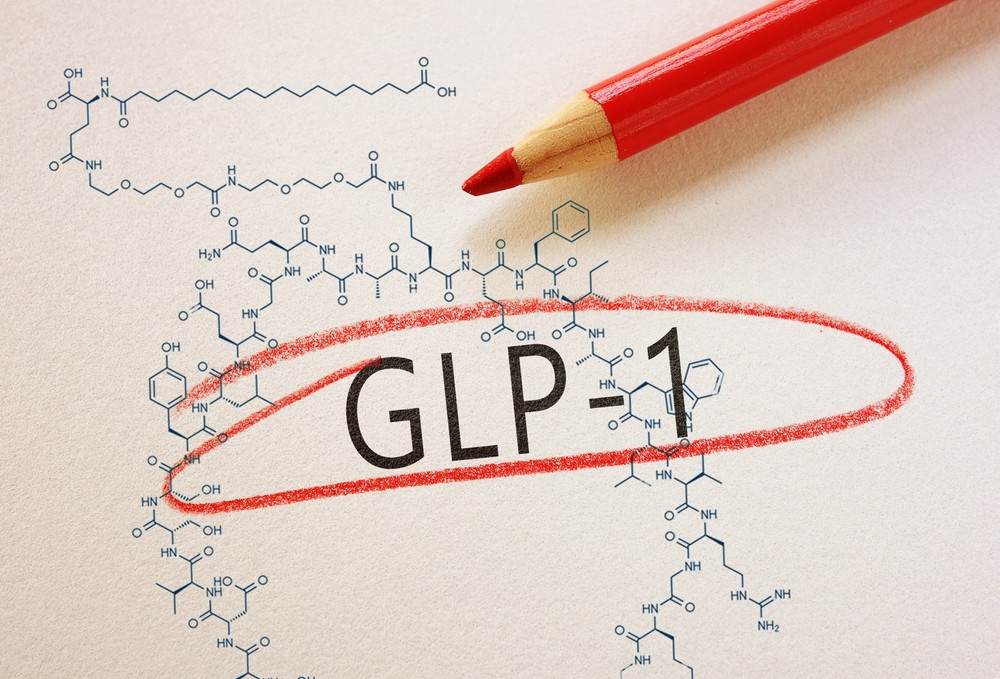
Peptides vs. GLP-1s: Which Is Best for Long-Term Weight Loss Results?
Peptides vs. GLP-1s: What’s Better for Sustainable Weight Loss?
In the evolving landscape of medical weight loss, two categories of treatments have emerged as prominent: peptide therapy and GLP-1 receptor agonists. While both show strong promise, they work differently in the body and can produce varied outcomes depending on the individual’s goals, metabolism, and overall health.
So, which is better for sustainable weight loss—peptides or GLP-1s?
Let’s explore the science behind each, how they promote fat loss, and what makes one approach potentially more sustainable than the other.
What Are Peptides?
Peptides are short chains of amino acids that act as signaling molecules in the body. In medical weight loss, the most commonly used peptides are growth hormone-releasing peptides (GHRPs) and growth hormone-releasing hormone (GHRH) analogs such as:
-
Sermorelin – Stimulates natural growth hormone production.
-
Tesamorelin – Shown to reduce visceral (belly) fat.
-
Ipamorelin – Promotes fat loss with fewer side effects.
-
CJC-1295 – Extends growth hormone release over time.
These peptides stimulate the pituitary gland to increase growth hormone (GH) and insulin-like growth factor 1 (IGF-1) levels—hormones that play a central role in fat metabolism, lean muscle preservation, and cellular repair. They are gaining attention for potential benefits in overall brain health and cognitive function as well!
What Are GLP-1 Receptor Agonists?
GLP-1 stands for glucagon-like peptide-1, a hormone naturally released in response to eating. GLP-1 receptor agonists mimic this hormone to regulate appetite, slow digestion, and improve blood sugar levels.
FDA-approved GLP-1 medications used for weight loss include:
-
Semaglutide (brand names: Ozempic®, Wegovy®)
-
Tirzepatide (dual GIP/GLP-1 agonist)
GLP-1s work primarily through the gut-brain axis, helping patients feel full sooner and reducing cravings—making it easier to eat less without feeling deprived.
How Each Promotes Weight Loss
|
Mechanism |
Peptides |
GLP-1s |
|---|---|---|
|
Hormonal pathway |
Stimulates GH/IGF-1 for fat metabolism |
Mimics GLP-1 to reduce appetite & slow digestion |
|
Muscle preservation |
Helps maintain or build lean muscle |
May cause muscle loss without strength training |
|
Visceral fat targeting |
Tesamorelin has been shown to reduce belly fat |
General fat reduction; not site-specific |
|
Appetite suppression |
Indirect via GH balance |
Directly suppresses hunger |
|
Energy & recovery |
Often improves sleep, mood, and recovery |
Some patients experience fatigue or nausea |
The Case for Peptides in Sustainable Weight Loss
Fat Loss Without Muscle Wasting
One of the significant concerns with rapid weight loss from appetite suppressants is the loss of lean muscle mass. Peptides for fat loss like Tesamorelin and Sermorelin not only promote fat loss but also help maintain or build muscle, which is significant for long-term metabolic health.
Studies have shown that Tesamorelin significantly reduces visceral fat in HIV patients with lipodystrophy, and emerging data suggest similar benefits in general populations.
Hormonal Optimization
Unlike GLP-1s that blunt appetite, peptides help optimize your body’s hormones to restore metabolic function, improve energy, and support recovery. This makes them appealing for those looking to enhance body composition, not just lose weight.
Better for Active Lifestyles
Peptides pair exceptionally well with resistance training and high-protein diets, making them ideal for individuals who are physically active or aiming to improve their body composition, not just lose weight.
The Case for GLP-1s in Sustainable Weight Loss
Fast and Noticeable Results
GLP-1s are clinically proven to result in significant weight loss, often 15-20% of body weight within a year when combined with lifestyle changes. This makes them a strong option for individuals with:
-
Obesity or severe overweight
-
Insulin resistance or prediabetes
-
Difficulty controlling appetite
Easy to Use and Monitor
GLP-1s are available in convenient weekly injections and have clearly defined protocols, making them easier for patients to follow compared to the variety of peptide regimens.
Strong Evidence Base
Semaglutide and Tirzepatide have undergone extensive clinical trials and are FDA-approved for chronic weight management, giving them credibility in mainstream medicine.
Potential Drawbacks to Consider
Peptide Limitations
-
Results can be slower and more subtle compared to GLP-1s.
-
Not always covered by insurance.
-
Must be compounded by a reputable pharmacy with consistent quality.
GLP-1 Concerns
-
Common side effects include nausea, fatigue, and constipation.
-
There is a risk of muscle loss if not paired with strength training.
-
Appetite suppression may fade over time.
-
Rebound weight gain is possible if lifestyle changes aren’t in place.
Which Is More Sustainable Long-Term?
It Depends on the Individual
Sustainability in weight loss doesn’t just mean losing the weight—it means keeping it off while improving overall health, energy, and metabolic function.
-
For patients seeking rapid results, especially those with significant metabolic dysfunction, GLP-1s can provide a powerful jumpstart.
-
For those who want to reshape their body, optimize hormones, and protect against weight regain through muscle preservation, peptides may offer more durable long-term benefits.
Hybrid Approaches
Some clinics, including ours, use strategic combination protocols that pair short-term GLP-1 use with long-term peptide therapy. This allows patients to achieve initial weight loss, then transition to a more sustainable peptide-based approach to maintain results and improve quality of life.
Choosing the Right Option for You
When deciding between peptides and GLP-1s, it’s essential to work with a provider who will consider:
-
Your metabolic health
-
Hormone levels
-
Body composition goals
-
Lifestyle and activity level
-
Personal preferences
Sustainable weight loss is not just about shedding pounds; it’s about maintaining a healthy weight over time. It’s about creating a metabolic environment that encourages your body to stay lean, strong, and energized.
Final Thoughts
Both peptides and GLP-1 medications have valuable roles in today’s medical weight loss programs—but they are not interchangeable.
-
GLP-1s are excellent tools for appetite control and rapid weight reduction, especially for those struggling with insulin resistance.
-
Peptides offer a more holistic, long-term strategy focused on body composition, hormonal balance, and fat redistribution—especially around the belly.
At Vitality Aesthetic & Regenerative Medicine, we specialize in personalized weight loss plans that incorporate the best of both science and strategy to help you achieve lasting results.
Ready to find out which treatment is proper for you?
Call us today at 727-771-3915 or visit us online at https://varmedicine.com/ to schedule your consultation.
Distribution Links +
- https://smb.austindailyherald.com
- https://smb.dailyleader.com
- https://smb.oxfordeagle.com
- https://smb.claiborneprogress.net
- https://smb.demopolistimes.com
- https://smb.luvernejournal.com
- https://smb.selmatimesjournal.com
- https://smb.windsorweekly.com
- https://smb.harlandaily.com
- https://smb.thecharlottegazette.com
- https://smb.thecoastlandtimes.com
- https://smb.winchestersun.com
- https://smb.valleytimes-news.com
- https://smb.prentissheadlight.com
- https://pr.thembnews.com
- https://pr.timesofsandiego.com
- https://pr.wncbusiness.com
- https://pr.naticktownnews.com
- https://pr.norwoodtownnews.com
- https://pr.greenvillebusinessmag.com
- https://pr.mysugarhousejournal.com
- https://pr.holladayjournal.com
- https://pr.millcreekjournal.com
- https://pr.midvalejournal.com
- https://pr.draperjournal.com
- https://pr.wvcjournal.com



